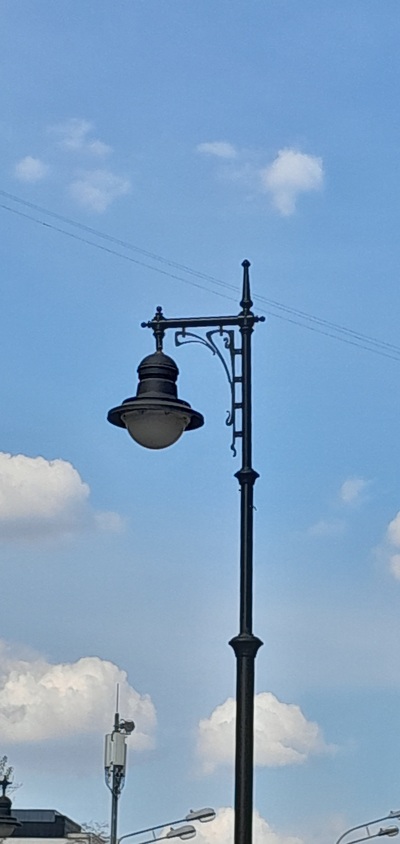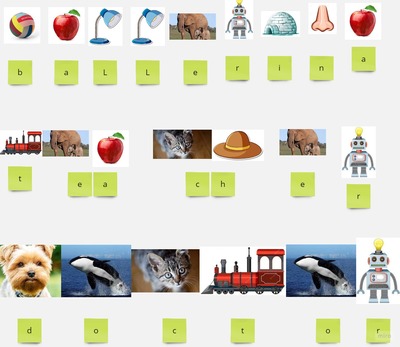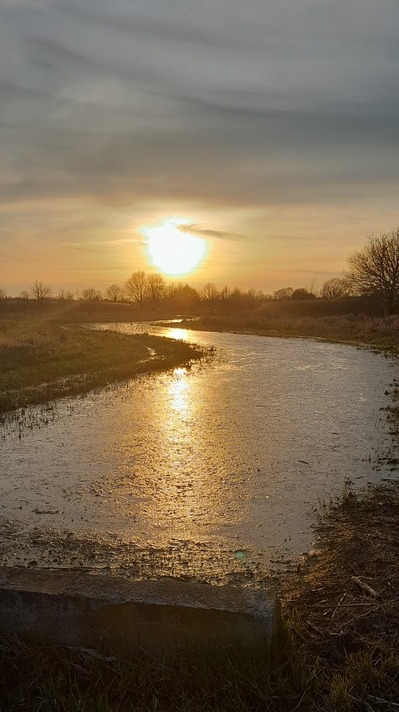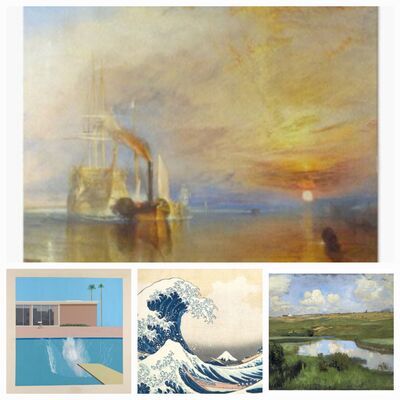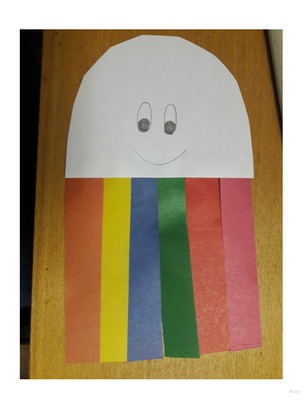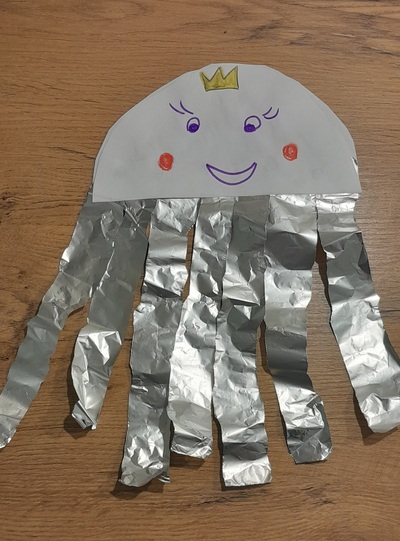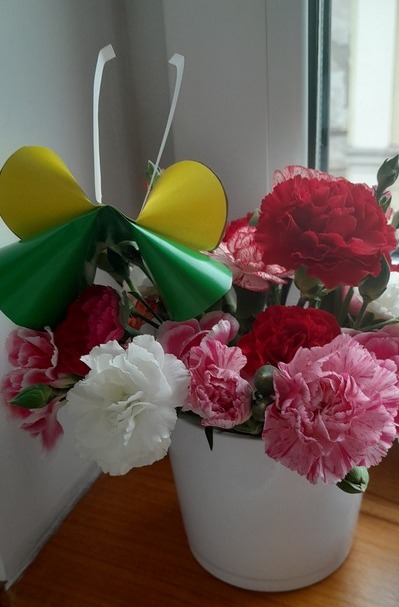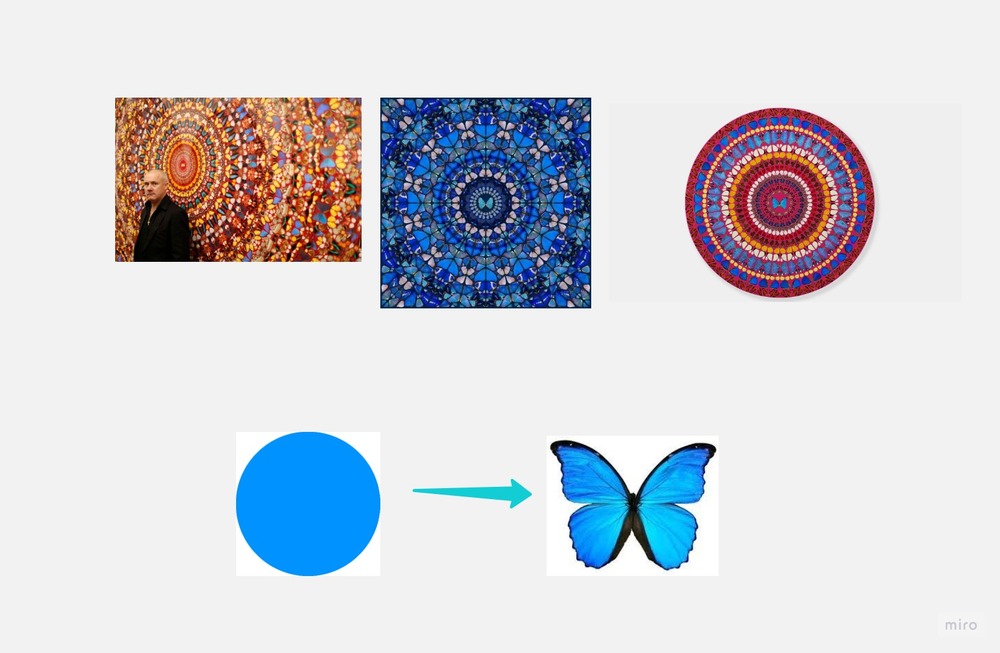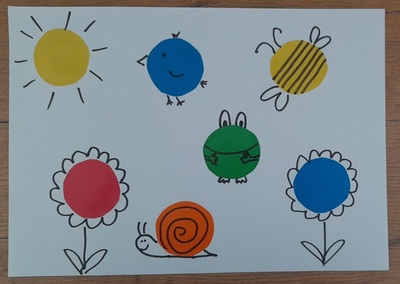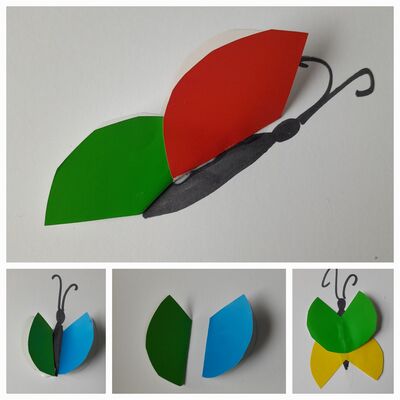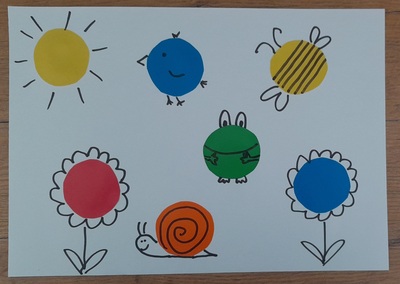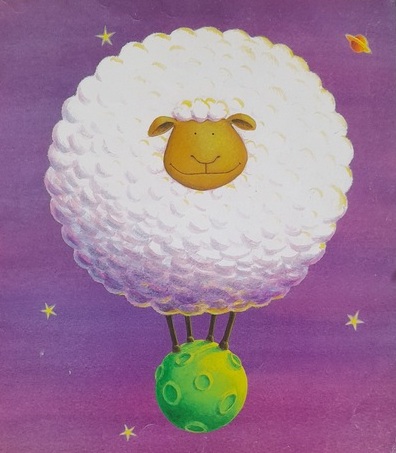
This post came about as a result of conversations with some of my trainees and colleagues, most recently with Vera, and it inspired me to reflect on not necessarily on my favourite storybooks as this list would be much, much longer but on the list that I would start a storybook library from and the titles that I would buy first.
Making this list was not entirely pleasant because as soon as I got to number 10, I started to revise it as I was being flooded by the titles and the characters that also wanted to make it. It is quite likely that this list will be modified in the future.
Here we go then. The Very Personal List Of My Favourite Storybooks To Be Used In the EFL Classroom with some very short rationale and some interesting links.
- Very Hungry Caterpillar by Eric Carle: It is a true classic and it is quite likely that your students, no matter how young, have already read it in their L1. It has a great character that we can relate to (I know I can) and it can be used to teach food, emotions (‘I am hungry’, ‘I am not feeling very well’), the life cycle of butterfly and, potentially, the seasons and weather, too. It can be combined with a treasure hunt in the garden and in the park and with a craft lesson.
- Dear Zoo by Rod Campbell: This is a storybook that I know it by heart and I did use it in class a few times with only a box and a set of flashcards. It is a great resource to teach and to practise all the animal vocabulary but it is a great starting point to teaching adjectives, too. I used it to introduce the idea of a riddle which we later extended to make our own. It has been
- Marvin Gets Angry by Joseph Theobald: I have a special place in my heart for Marvin and his antics. This book can help you to teach the basic emotions (happy, sad, agry, tired) and it is great in the first lessons, while establishing class routines and teaching kids how to behave but it also helps to accept that we all get angry sometimes and we need to find ways of dealing with. Other than stamping on the flowers, frightening the hens and biting the cow’s tail. It works for body parts, too.
- Brown Bear by Bill Martin Jr and Eric Carl: It is a wonderful book for the first lessons with year 1 students because it has a repetitive text and it works very well with colours. It can be also used to teach ‘What can you see?’ ‘I can see / I see’ which is a good first functional phrase that will be used throughout the course.
- Barry And the Scary Hairy Monster by Sue Hendra: It is not the first book of the series, but it is the first one I used and I fell in love with. It has a great plot with a fantastic surprise at the end and I normally use it in the beginning of the year 1 course, to practise emotions, colours and some simple questions such as ‘Where are you?’, ‘Who are you?’. It is great for involving kids through miming and counting. It also normalises the fact that we are all afraid and it helps the kids to deal with the fear.
- Three Billy Goats Gruff (traditional): This is my favourite traditional story to be used in the EFL classes although the reasons for that are rather random. I started using it with my students only because I found it lying around and came up with ways of dealing with it. We use it to talk about emotions and food because all the goats offer some random food items to the troll trying to bail themselves out. At least they do in my rendition.
- Where Is My Baby? by Julie Ashworth: Here is another book that I am very attached to emotionally. We have a history, you could say. Naturally, I know this one by heart, too. It has some repetitive language, it can be easily turned into a role-play with the whole class and it is a perfect resource for teaching and practising body parts and adjectives. I love the ending, too because it helps to teach the idea of tolerance. It can be combined with a craft lesson.
- Zog by Julia Donaldson: I love Zog because it works well in the EFL classroom to teach body parts, health problems (‘What’s the matter?’) and ‘I can’, ‘I can’t’. Apart from that, it also has a great story that includes an underdog hero, a princess that does not care about castles and honours and who wants to do something real and a prince that learns that it is not necessary to fight with dragons, all the great ideas that can help teach kids develop and believe in themselves.
- Don’t Eat the Teacher by Nick Ward: This books made it to my top ten because it includes aquatic animals and a shark as the main character and a lot of school vocabulary. It has got a funny plot and can be used to teach imperatives and the rules of classroom behaviour. It is one more book that I like to use in the beginning of the year. It can be used in the unit on animals or, specifically, on life aquatic and it can be combined with the Baby Shark song and craft, too.
- Rhinos Don’t Eat Pancakes by Anna Kemp: This storybook might be a bit too challening for the youngest of students, in terms of concepts or vocabulary, but it is still an amazing resource. It has some potential to be used in lessons on colours, emotions, house vocabulary, animals, verbs and adjectives. It is a fantastic resource to start a conversation on the power of imagination and the relationship between the kids and the parents. I am also planning it to use it in my Art and English classes. This is also the storybook that I used with all the ages of students: from pre-school to my advanced teachers.
Those that almost made the list: Elmer by David McKee, Marvin Wanted More by Joseph Theobald, Pete the Cat by Eric Litwin, James Dean and Kimberly Dean, Hugless Douglass by David Melling, Dinosaurs in the supermarket by Timothy Knapman and Sarah Warburton, Perfectly Norman by Tom Percival, The Colour Monster by Anna Llenas, The Day the Crayons Quit by Drew Daywalk and Oliver Jeffers, Lost and Found by Oliver Jeffers and many many more…
Happy teaching!
Some interesting links:
- The Very Hungry Caterpillar gallery | Children’s books | The Guardian
- Very Hungry Caterpillar: The Very Hungry Caterpillar – Animated Film – YouTube
- Very Hungry Caterpillar
- https://www.panmacmillan.com/dear-zoo
- Dear Zoo: https://www.youtube.com/watch?v=ZqGYWRHOV6E
- Dear Zoo
- Marvin Gets Mad
- Brown Bear: https://www.youtube.com/watch?v=paw2RGSdwG0&t=19s
- Brown Bear
- Three Billy Goats Gruff: https://www.youtube.com/watch?v=aiy3a1v9Q2E
- Three Billy Goats Gruff
- Zog
- Zog: ZOG [Children’s story | Read Aloud] – YouTube
- Don’t Eat the Teacher
- Rhinos Don’t Eat Pancakes
- Rhinos Don’t Eat Pancakes: Rhinos Don’t Eat Pancakes – Read Aloud – YouTube

